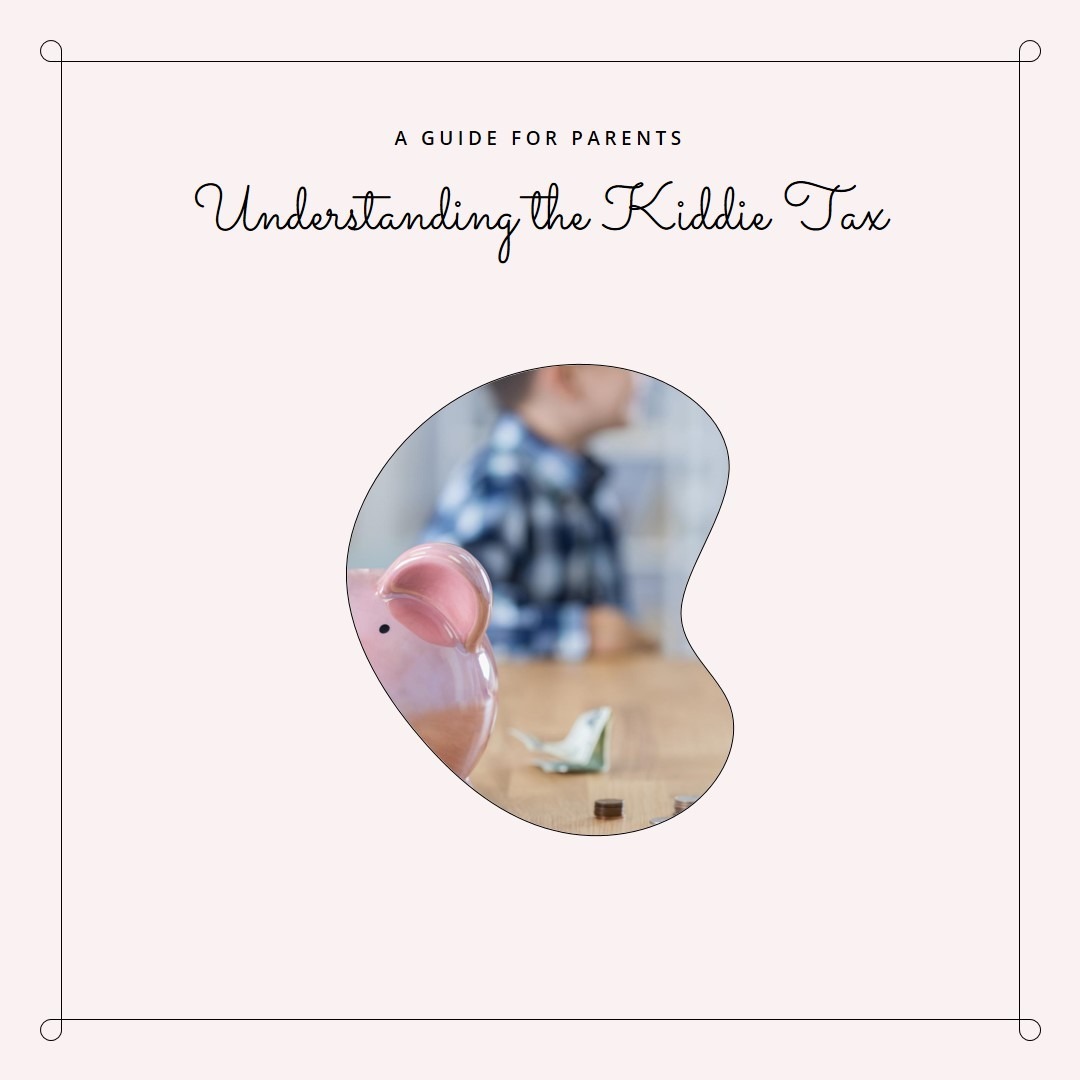
The Kiddie Tax might sound like child's play, but it's a serious matter that can impact your financial strategy for your children. If you're a parent looking to invest in your child's future, understanding the Kiddie Tax is essential. So, what is the Kiddie Tax, and how can you navigate it to your benefit? Let's dive in.
What is the Kiddie Tax?
The Kiddie Tax is a federal income tax rule put in place by Congress to stop parents from shifting their investment income to their children, who might have a lower tax rate. Here's how it works:
Age Limit: The Kiddie Tax applies to children up to 24 years old, as long as they meet specific criteria.
Income Threshold: If a child's net unearned income goes over $2,500 for 2023 (up from $2,300 in 2022), the part over the threshold is taxed at the parent's rate.
Exemptions: The Kiddie Tax does not apply if the child's net unearned income stays below the threshold for that year.
Four Main Criteria
No Joint Return: The child must not file a joint return for the year.
Parent's Existence: At least one parent must be alive at the year's end.
Income Exceeding Threshold: The child's net unearned income must go over the threshold for that year.
Specific Age Rules: The child must fall under particular age rules.
So, you may ask, how can this tax result in a higher tax bill? And how can you minimize its impact?
How the Kiddie Tax Can Increase Your Tax Bill
Imagine a child's net unearned income exceeds the yearly threshold of $2,500. The amount over this limit gets taxed at the parent's rate, which is likely higher than the child's. This can lead to a bigger tax bill.
Strategies to Limit the Kiddie Tax's Impact
Watch the Threshold: Keep your child's unearned income below the yearly threshold to avoid the Kiddie Tax.
Choose Smart Investments: Pick investments with little or no dividends like growth stocks or tax-efficient mutual funds.
Consider U.S. Savings Bonds: Series EE U.S. Savings Bonds allow tax-deferred interest income, avoiding the Kiddie Tax if cashed in when exempt.
Think About College Savings Plans: Using a Section 529 plan can provide tax-free withdrawals if used for education costs.
Invest in Life Insurance Products: Products like universal life policies offer tax-deferred growth and borrowing opportunities for education.
Encourage Earned Income: For children aged 18-23, the Kiddie Tax does not apply if earned income is over half their support for the year.
Conclusion
The Kiddie Tax is more than just a catchy name. It's a complex regulation that can have significant financial implications for your family. By understanding the rules and employing strategies to minimize its impact, you can make wise financial choices that benefit your children's future.
Remember, knowledge is power. Keep the Kiddie Tax in mind as you plan, invest, and grow your child's financial future. Whether it's selecting the right investments or utilizing tax-deferred savings, these strategies can help you stay ahead of the Kiddie Tax and put your child on the path to success. If you're unsure about anything, don't hesitate to seek professional guidance tailored to your unique situation.
 Add Row
Add Row  Add
Add 

Write A Comment